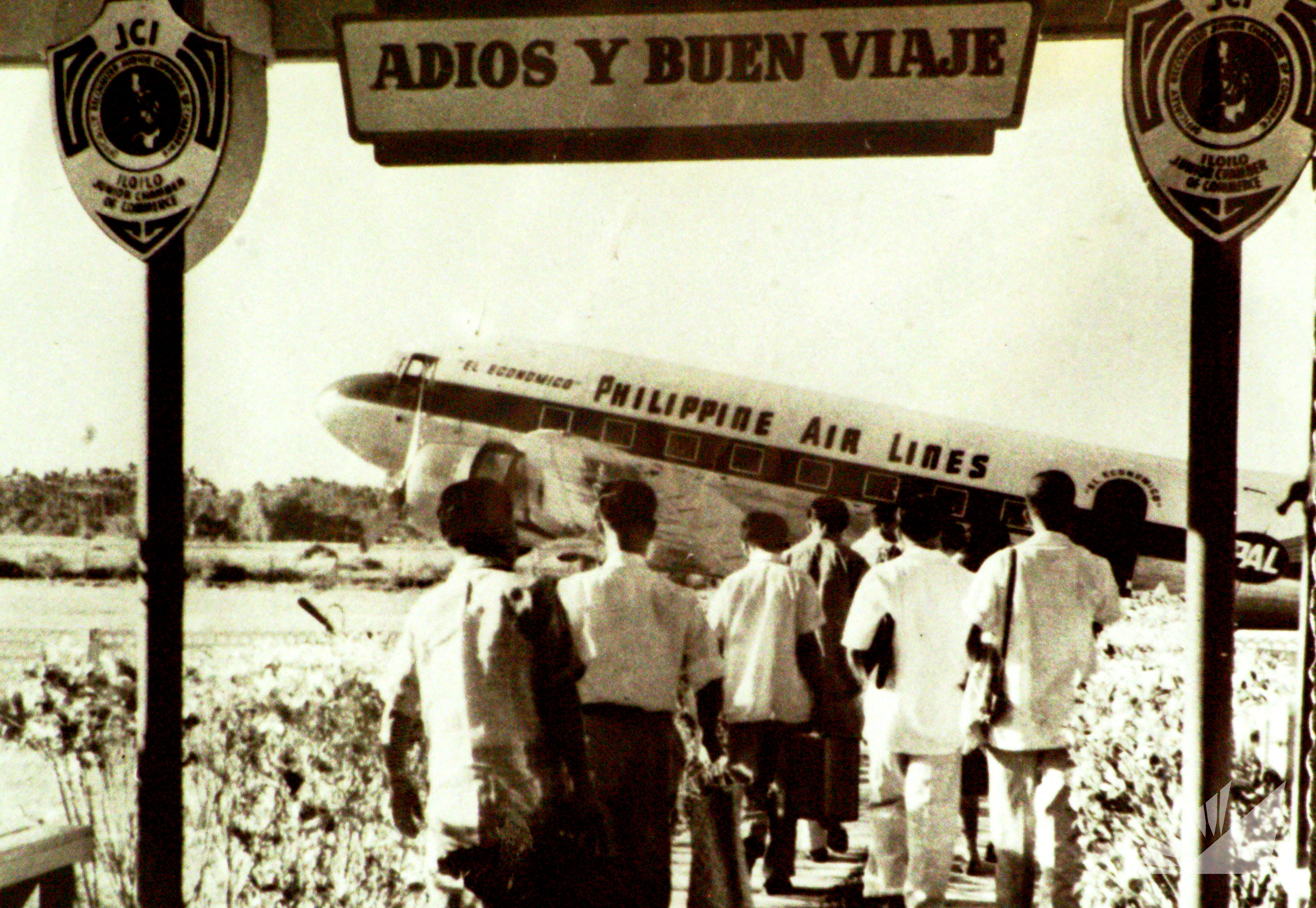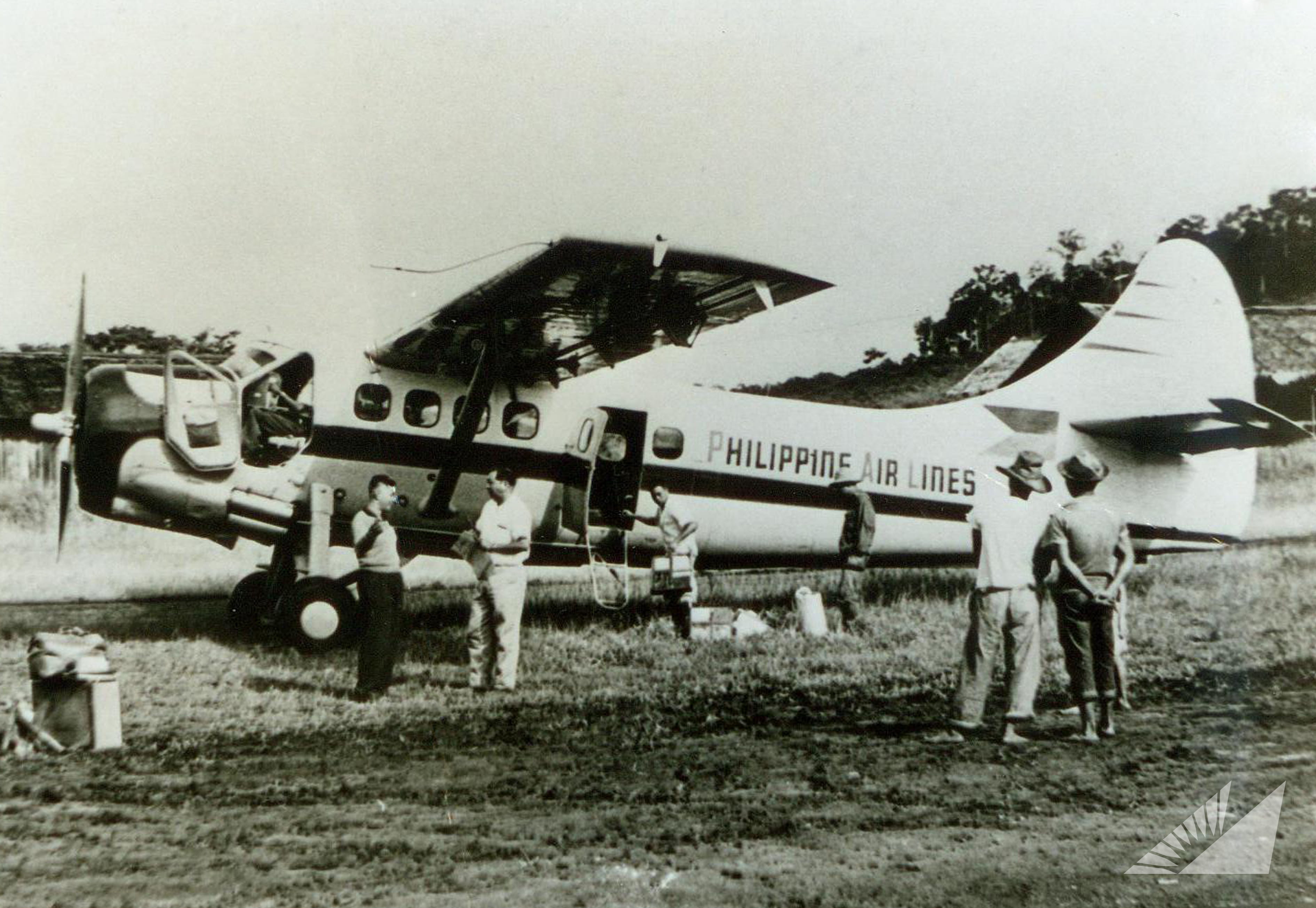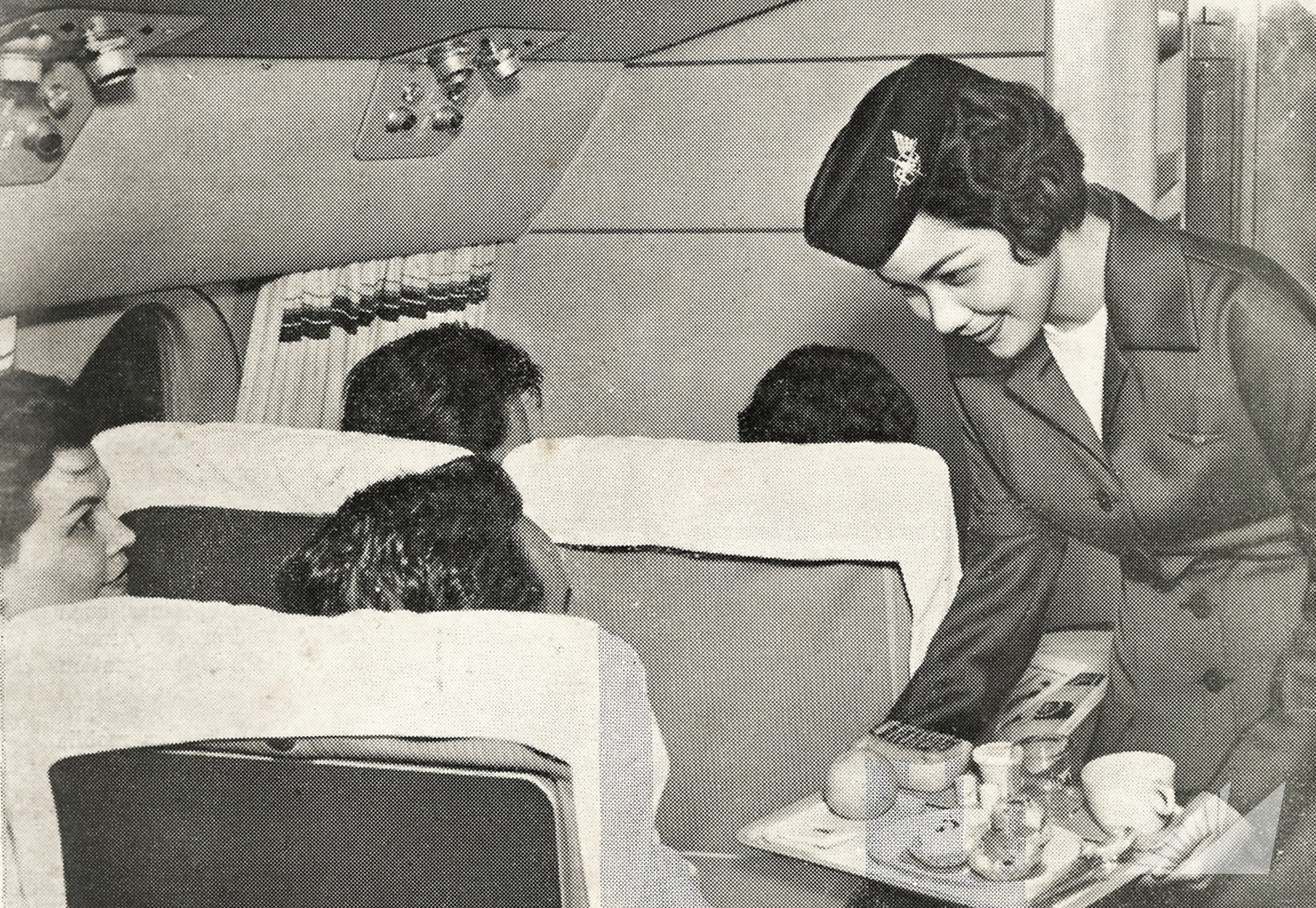


Spanning two thirds of the World.
The world is recovering from war and Philippine trade is growing - PAL’s network expands from Manila to as far east as London and as far west as San Francisco. This progress is interrupted when, less than halfway through the decade, the government instructs the airline to suspend most international flights. As the 1960s approach, PAL renews its long-haul ambitions and looks forward to jet-powered aircraft.
1950's Milestones
November 16, 1951
Services to Taipei were inaugurated with a Douglas DC-3.
July 04, 1952

The first Douglas DC-6B arrived and was used to inaugurate service to Zurich and Frankfurt this month.
January 05, 1954

PAL began 40-seater DC-3 "El Economico" services with flights to the Ilocos Region.
March 30, 1954
PAL suspended international operations due to a lack of government funding, except for flights to Hong Kong. All four-engined aircraft were phased out.
June 15, 1955

The De Havilland DHC-3 Otter inaugurated the "Rural Air Service" with a flight from Cebu City to Toledo, Cebu. Two other Otters were based in Davao and Cagayan de Oro.
May 22, 1957

The first Vickers Viscount arrived.
April 01, 1959
PAL began "Star" flights , offering the world's lowest fares in scheduled services. The first flight, with Douglas DC-3 aircraft, was to Cebu.
June 05, 1959
Philippine President Carlos Garcia signed Republic Act 2232 making PAL the national flag carrier by law, and directing PAL to resume international services with government assistance.
